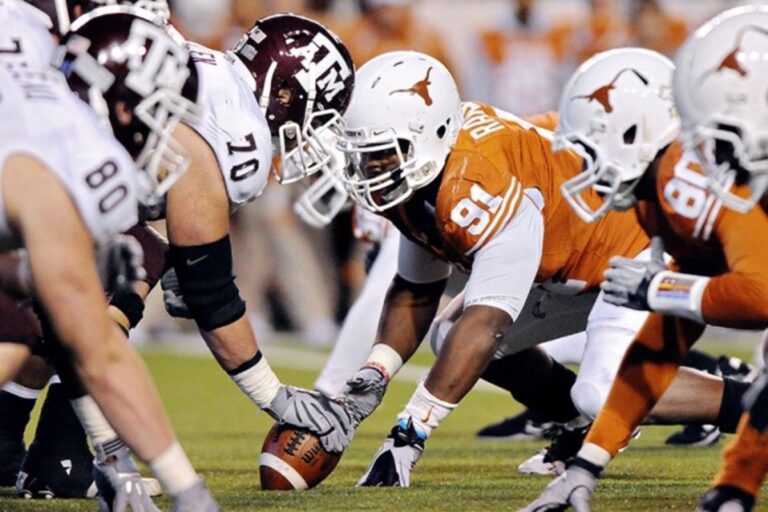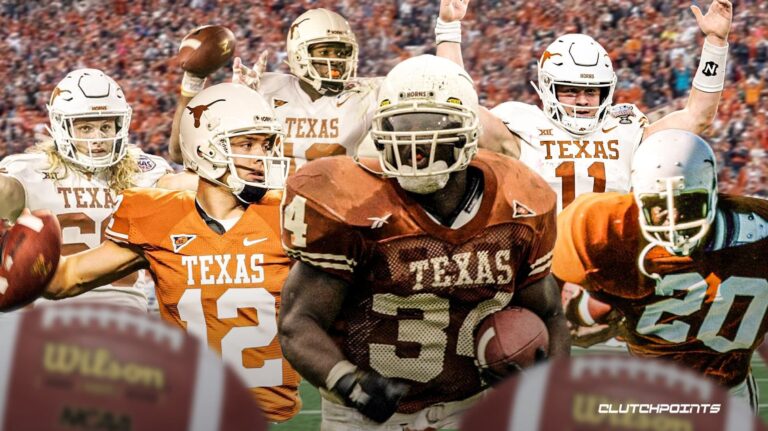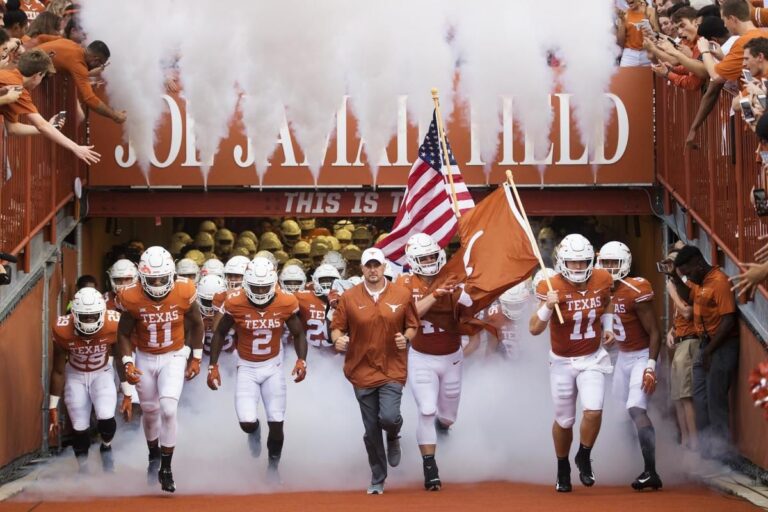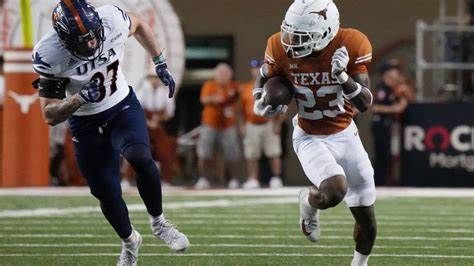The Development of Hockey in Texas: From Minor Leagues to NHL Success
Hockey, a sport traditionally associated with cold climates, may not seem like a natural fit for Texas, a state known for its hot weather and passion for football. However, over the past few decades, Texas has proven that hockey can thrive in unexpected places. The journey of hockey in Texas, from modest beginnings in minor leagues to the prominence of the NHL’s Dallas Stars, demonstrates how a sport can grow, evolve, and find a unique fanbase even in a non-traditional market. This article explores the fascinating history, growth, and success of hockey in Texas, offering insights into the sport’s development and impact on the state’s sports culture.
Early Beginnings: Minor Leagues and Grassroots Growth
Hockey made its first mark in Texas through minor leagues and semi-professional teams that set the stage for what was to come. During the 1940s, the state saw the establishment of minor league teams like the Dallas Texans and the Fort Worth Rangers, sparking an early interest in the sport. Although these teams had a modest following, they played a critical role in introducing Texas residents to hockey.
The establishment of the Central Hockey League (CHL) in the 1960s and 1970s saw further expansion of minor league teams, with Texas-based franchises gaining popularity among local sports fans. Teams like the Houston Apollos and the Dallas Black Hawks began to build a loyal fanbase, laying the foundation for a growing interest in hockey.
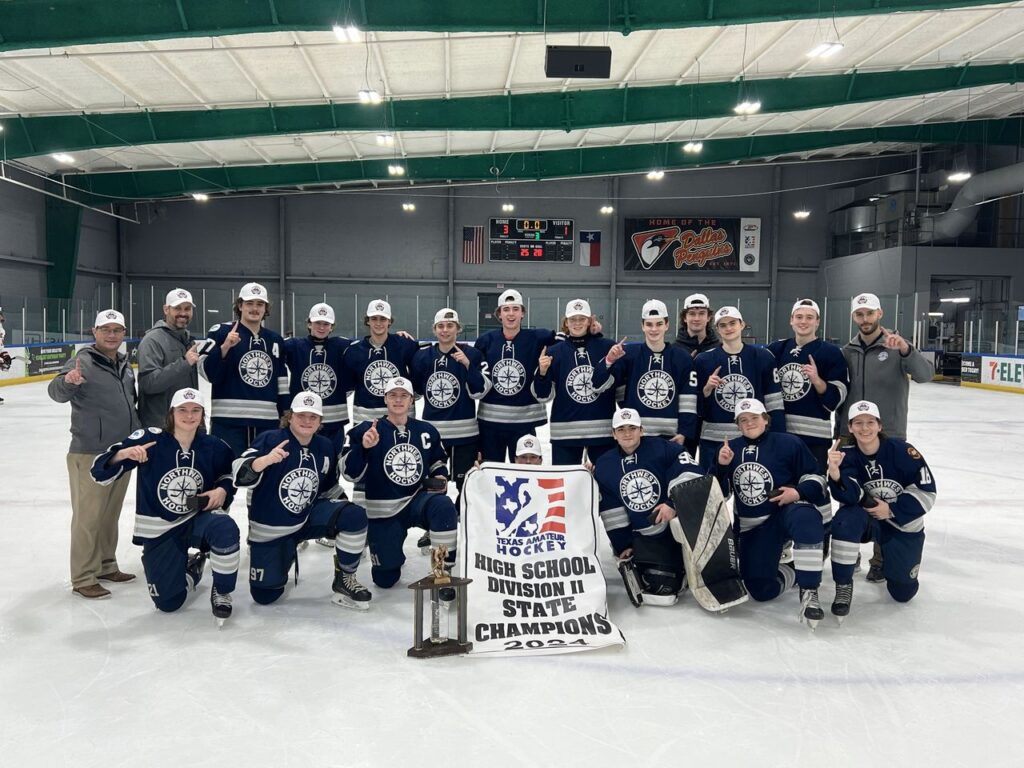
The Role of Local Leagues in Building a Fanbase
The CHL teams not only provided entertainment but also actively engaged with the local community, organizing hockey clinics and outreach events to introduce the sport to young Texans. By the late 1970s, Texas was no longer unfamiliar with hockey, thanks to these local efforts that nurtured early hockey culture in the state.

The Arrival of the Dallas Stars: NHL’s Big Bet in Texas
The most significant milestone in Texas hockey history came in 1993, when the Minnesota North Stars relocated to Dallas, becoming the Dallas Stars. The move was initially met with skepticism, as hockey was virtually unknown to many Texans, and the idea of an NHL team in the South seemed risky. However, the Stars quickly won over fans with strong performances on the ice, particularly during the 1998-1999 season when they won the Stanley Cup.
The Dallas Stars’ success cemented hockey’s place in Texas sports culture. The team’s presence created a ripple effect, boosting interest in the sport statewide. Youth leagues, high school programs, and amateur clubs began to form as hockey rinks popped up in cities across Texas, including Austin, Houston, and San Antonio. By making the sport more accessible, the Dallas Stars not only built a local fanbase but also inspired the next generation of Texas hockey players.
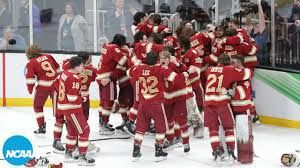
Impact on Local Economy and Sports Infrastructure
The arrival of the Stars significantly impacted the local economy. New arenas, sports bars, and merchandise stores began appearing around Dallas. Hockey-related tourism, such as fans traveling to Dallas for home games, also brought revenue to the city. The success of the Dallas Stars also paved the way for future investments in sports infrastructure across Texas.
Expansion of Hockey Programs and Facilities Across Texas
The Dallas Stars’ success inspired growth in hockey programs across Texas. With new fans came the need for facilities, and cities like Austin, Houston, and El Paso saw the development of hockey rinks and training centers. The rise in youth hockey leagues and high school programs encouraged more young players to get involved, further fueling the sport’s popularity.
The American Hockey League (AHL) also contributed to the growth of hockey in Texas. The Texas Stars, an AHL affiliate of the Dallas Stars based in Cedar Park, near Austin, and the Houston Aeros brought professional hockey to other parts of the state. These AHL teams helped increase interest in the sport and provided Texans with more opportunities to watch competitive hockey, even outside Dallas.
Growing Access to Rinks and Training Centers
Rinks in cities such as Plano, Richardson, and Sugar Land have seen increasing attendance at public skating and hockey events. In the last five years, more than 20 new rinks and training centers have opened across Texas, catering to the growing demand for hockey facilities and making it easier for new players to join the sport.
Texas’s Success in Junior and Amateur Hockey
Texas has become a breeding ground for hockey talent in recent years. Youth hockey leagues, high school teams, and college programs have flourished, producing players who have gone on to play professionally. Texas high schools now regularly participate in competitive leagues, with state championships drawing increasing attention each year.
At the junior level, the North American Hockey League (NAHL) has seen teams based in Texas, such as the Lone Star Brahmas and the Odessa Jackalopes, thrive in recent years. These teams have developed local talent, offering young players a path to professional and collegiate hockey careers. Additionally, collegiate hockey has seen growth, with universities like Texas A&M and the University of Texas establishing club teams that compete at a high level.
Community Support and Texas Hockey’s Unique Fanbase
Hockey fans in Texas bring a unique enthusiasm to the sport. Unlike more traditional hockey markets, Texas fans bring a mix of southern hospitality and intense dedication, creating a welcoming atmosphere for newcomers to the sport. Events hosted by teams like the Dallas Stars, Texas Stars, and other minor league teams often incorporate local culture, making games more appealing to a diverse audience.
The Dallas Stars have invested significantly in community outreach, hosting clinics, camps, and public skating events that invite fans of all ages to experience hockey firsthand. These initiatives have helped bridge the gap between traditional sports and hockey, making the sport more accessible and relatable to Texans.
Success Stories and Rising Stars in Texas Hockey
Texas has produced several notable players who have succeeded at higher levels, including NHL prospects and college players. These success stories inspire younger players and strengthen the Texas hockey community, showing that players from non-traditional markets can make it to the top.
Challenges and the Future of Hockey in Texas
While hockey in Texas has made remarkable strides, challenges remain. The sport’s high cost and the state’s warmer climate limit rink availability in some areas, making it challenging for every Texan who wants to play to find a local program. However, with the continued support of the Dallas Stars and the rising popularity of youth and amateur hockey leagues, there is reason to be optimistic about the future of hockey in Texas.
With more rinks and training facilities, better equipment access, and expanded programs for players of all ages, hockey can continue to grow in the Lone Star State. Future generations will have the opportunity to witness and participate in a sport that only a few decades ago seemed out of place in Texas.
Conclusion: From Humble Beginnings to Hockey Success
The development of hockey in Texas is a testament to the sport’s adaptability and the dedication of its fans. What began as a minor league experiment has evolved into a thriving sports scene, thanks largely to the success and community involvement of the Dallas Stars. Texas is now home to thousands of hockey fans, leagues, and players who proudly support their local teams and look forward to the future of the sport.
As Texas continues to embrace hockey, the sport will likely grow even further, producing talented players and dedicated fans along the way. The success of hockey in Texas demonstrates that with the right mix of passion, community support, and local investment, any sport can find a home – even in unexpected places like the heart of Texas.

